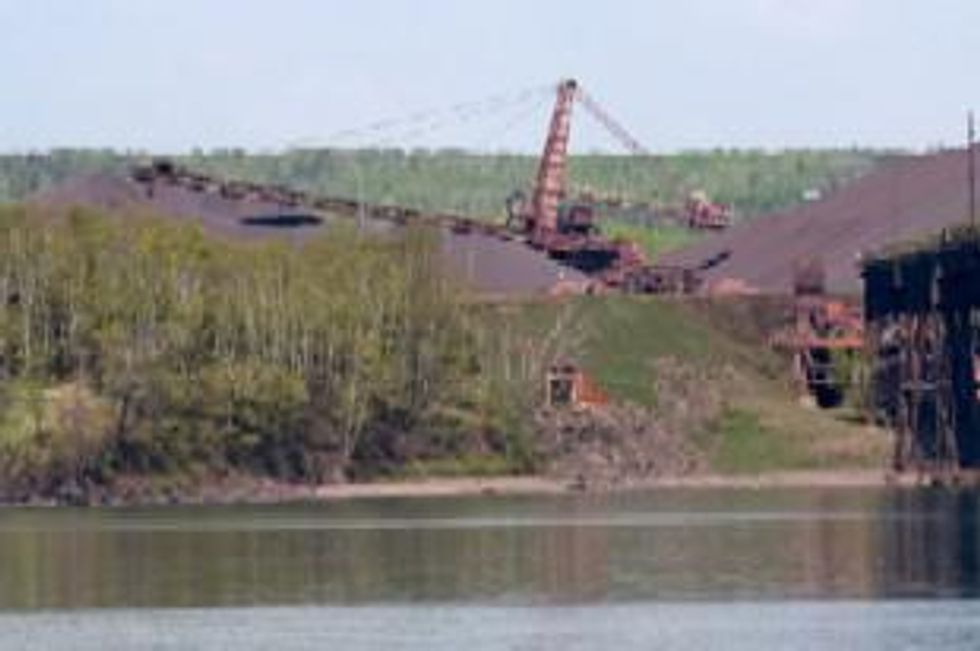Molycorp’s Wastewater Facility Drives Down Production Costs
Water plays a critical role in mining, however, wastewater can lead to environmental problems. Molycorp is working on a water recycling system that will create near-zero wastewater discharge, which will reduce environmental impacts and cut costs.
By Karan Kumar — Exclusive to Resource Investing News
“A mining project is rarely viable when water has to be sourced from a considerable distance,” said Pennington Scott‘s hydrogeology director Don Scott, in an interview. “Construction costs for a significant pipeline are in the order of $1 million per kilometer.”
Being able to source water cheaply, and reuse and recycle water to cut costs and help the environment, play an important role in the strategy of mining companies. Especially in countries where water is a scarce resource, the quantity used by a mining project and the impact on the quality of water can be the most contentious aspects of the project, and often lead to conflicts.
More and more mining companies are adopting more efficient strategies and systems for water use and reuse to avoid conflict and stick to their promise to protect the environment, while at the same time cutting costs. California-based Molycorp Inc. (NYSE:MCP), the only rare earth oxide producer in the Western hemisphere, is setting up a water recycling system that it says is far beyond what the government requires, and will help shave costs considerably.
“Our legacy operations involved producing a wastewater stream, and it was a one-way process,” Brock O’Kelley, technology fellow at Molycorp, told Resource Investing News in an interview.
Near-zero wastewater discharge
“Back then, we had to have delivered to the facility six to seven truckloads of 36 percent hydrochloric acid and five trucks of 20 percent sodium hydroxide in order to process rare earths. In our new facility, we will use that wastewater to recreate the reagents that we need. So we will be recycling and recreating those reagents, as well as recycling our water. Once it is fully constructed, our new facility will be a near-zero wastewater discharge facility,” said O’Kelley.
Molycorp has not publicly disclosed how much money it will spend on its water system. “We expect to achieve our Phase 1 rate of production of 19,050 metric tons a year by the end of the third quarter of this year.” O’Kelley explained, “It will be the first time that this process water recycling technology is being used to process rare earths.”
Jim Sims, Vice President of corporate communications at Molycorp, told Resource Investing News that according to a 2010 engineering analysis of Molycorp’s new facility, “it was estimated that when our facility is fully optimized, we could achieve a cash cost of production estimated to be as low as $2.77 per kilogram averaged across all of our production. That is in contrast to the latest third party estimate of the estimated costs of producing rare earths in China at about $5.58 per kilogram.”
Sims said the water system will play a big part in driving down production costs. He added, “I think more and more investors place a higher value on companies that are able to achieve environmental superiority along with a position of increased competitiveness. I think that some might see enhanced value when these goals are achieved in a complementary manner.”
Securities Disclosure: I, Karan Kumar, hold no direct investment interest in any company mentioned in this article.
